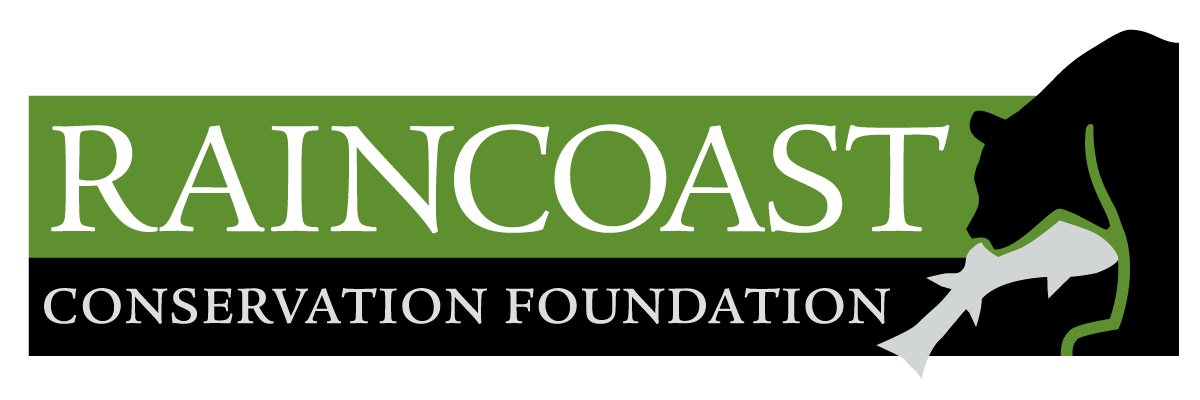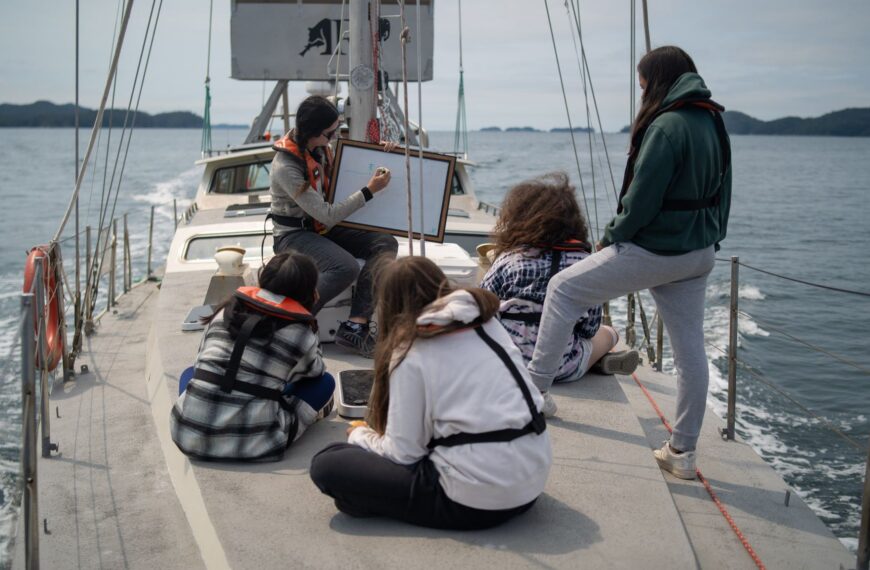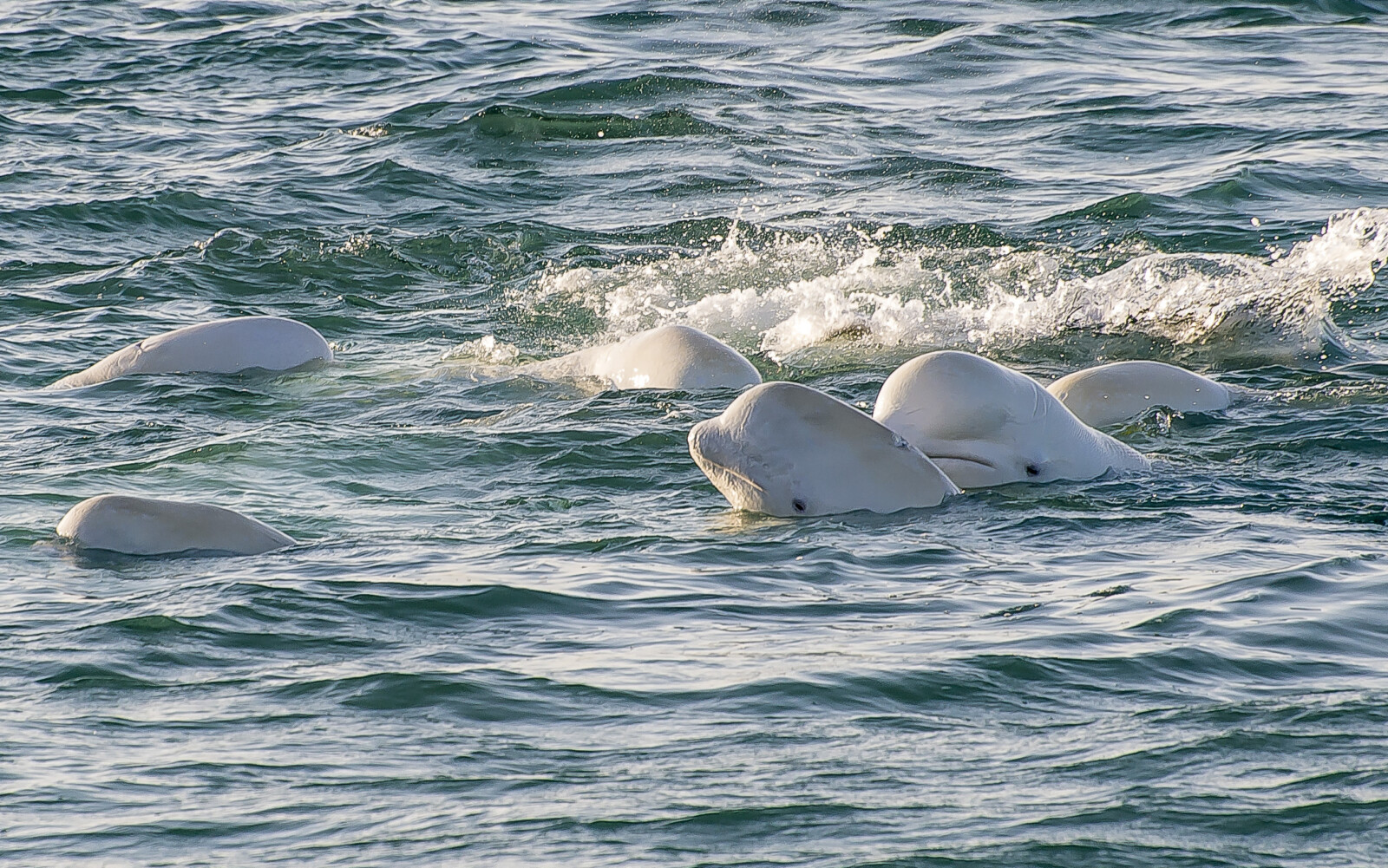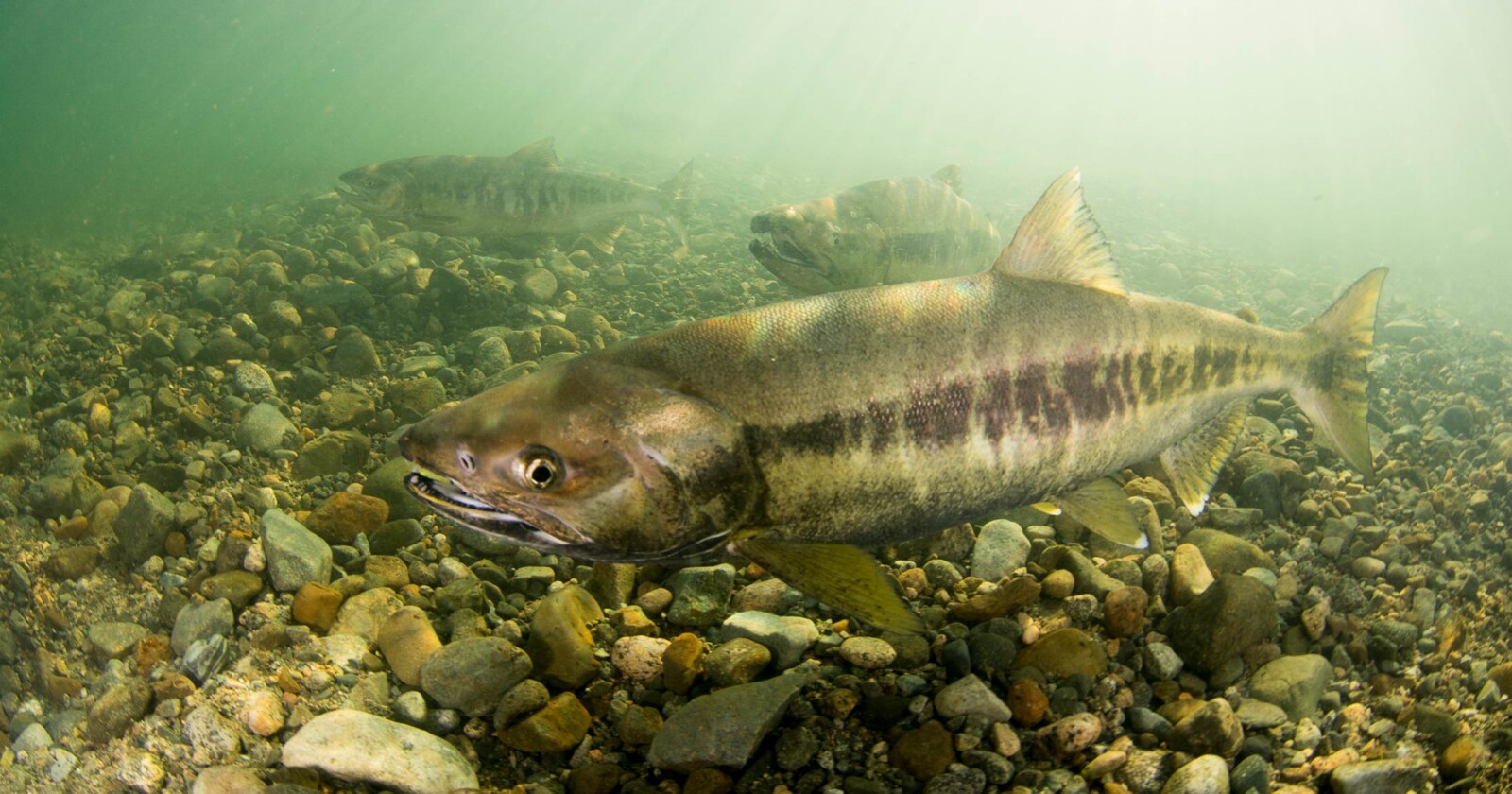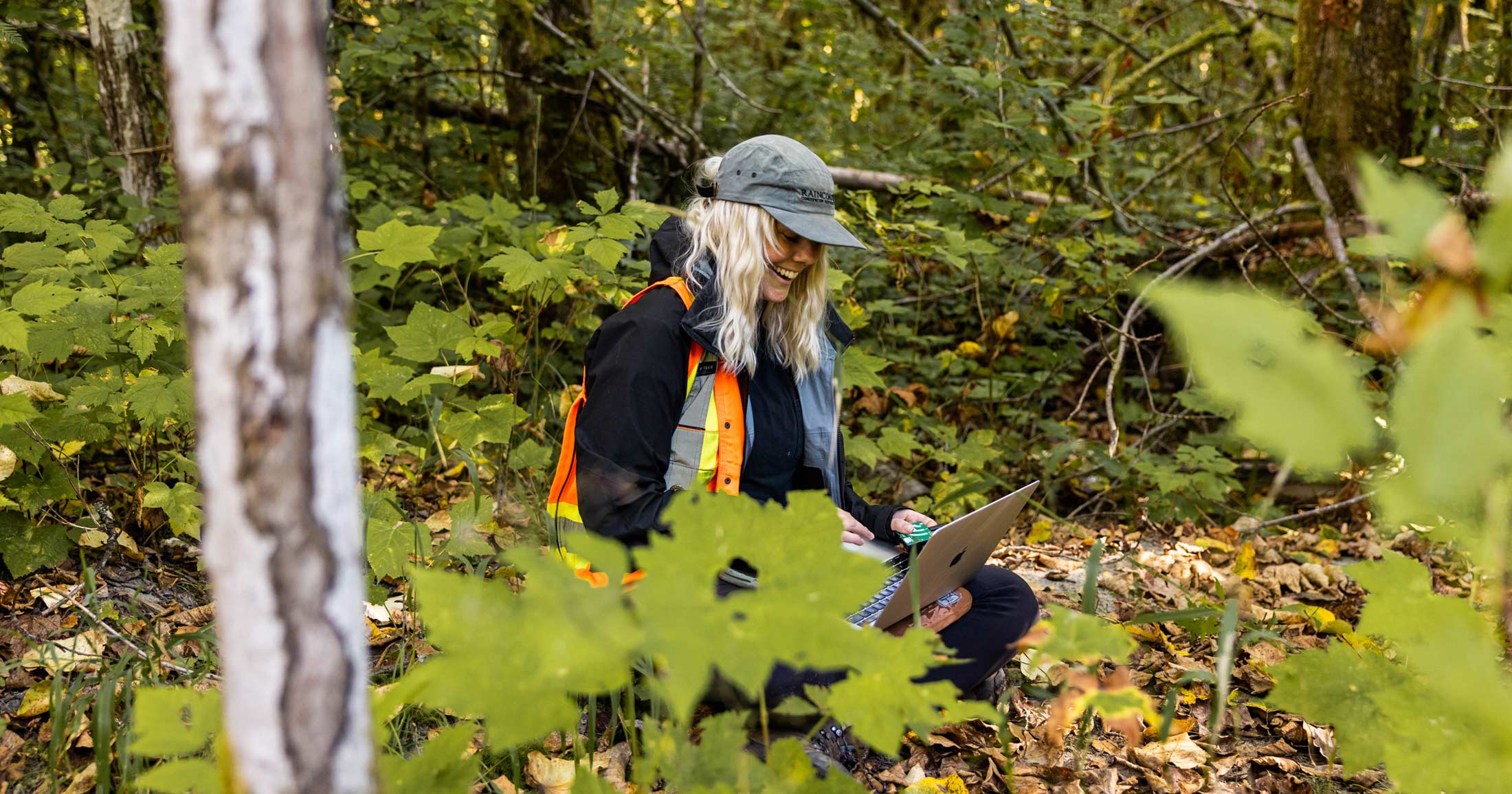The federal 2030 National Biodiversity Strategy: another vision document or a legally-binding action plan?
The recent federal 2030 Biodiversity Strategy outlines the path Canada will take to recover biodiversity, and protect and conserve 30% of lands and waters by 2030. The federal government has also committed to biodiversity accountability legislation that would help ensure these targets are met. The big question is – will this law contain loopholes?
The recently released 2030 National Biodiversity Strategy Milestone Document (‘2030 Strategy’) identifies actions that Canada will take to achieve biodiversity recovery targets outlined in the global Kunming-Montreal Global Biodiversity Framework (KMGBF), which Canada signed onto in 2023. The KMGBF aims to halt and reverse biodiversity loss by 2030, and put nature on a path to recovery by 2050. It scopes 23 targets to achieve this goal in just 6 years – a massive undertaking that will require accelerated action by the 196 countries that signed onto it.
The federal government has a poor track record
However, Canada has a poor track record when it comes to meeting its biodiversity targets. For example, the Aichi Biodiversity Targets, which were 20-time bound measurable goals that were intended to be met by 2020 – including protecting 17% of terrestrial and inland waters, and 10% of marine and coastal areas – were not achieved.
Efforts to halt and reverse biodiversity loss in Canada continue to be set back by the approval of massive industrial projects that will have significant, adverse, and cumulative effects on habitats, biodiversity, and species protected under federal legislation (i.e., the Species at Risk Act). In British Columbia alone, this scenario has played out twice in the last several years. In 2018, the federal government approved the Trans Mountain Pipeline Expansion project, which will cause a seven-fold increase in oil tanker traffic through Southern Resident killer whales’ Critical Habitat in the Salish Sea. Even without oil spills , the noise alone from this rise in tanker traffic significantly increases their risk of extinction by 12-24%.
In 2023, the federal government approved Roberts Bank Terminal 2, a megaport project that will have significant adverse and cumulative effects on Southern Resident killer whales due to impacts to Chinook salmon prey availability, underwater noise affecting their foraging success, and potential ship strikes. Despite the legally-protected status given to Southern Resident killer whales under the Species at Risk Act, the approval of these projects makes it clear there is a loophole for the federal government to violate its own legislation. If the economic argument of an industrial project is considered to outweigh the negative impacts to at-risk species, even if it increases their likelihood of extinction, it could be approved.
Given this track record, we wanted to take a closer look at the draft 2030 Strategy for potential gaps. Our analysis found that the strategy contains significant omissions, including a lack of quantifiable objectives, clear compliance and enforcement mechanisms, and methodologies for integrating current legislation and policies across departments.
Ensuring “whole-of-society” and “whole-of- government” approaches
The 2030 Strategy states a “whole-of-society” approach will be taken to advance the federal biodiversity targets, wherein “every sector of society has a role to play in building the solutions that will help us achieve ambitious outcomes for nature.” However, the onus of this transition must fall on government and industry. Government holds decision-making authority while the private/industrial sector has a disproportionate effect on biodiversity and ecosystem health.
The federal government also states it will take a “whole-of- government” approach to integrating the 2030 Strategy with current policies and processes to ensure alignment across government levels. We agree that all government bodies must be involved, and not just the agencies that have mandates related to resources, biodiversity and ecosystems. However, within the 2030 Strategy, there are no specifics provided outlining the methodologies that will be implemented to accomplish this ambitious task.
Recommendations
- We recommend that the 2030 Strategy is integrated, coordinated, and aligned with provincial/territorial legislation and policies, and is complementary to those that are in development (i.e., the draft Biodiversity and Ecosystem Health Framework in BC)
- Government agencies that have dual mandates across siloed branches, such as Fisheries and Oceans Canada1, must be required to comply with the quantitative objectives for species recovery outlined in the 2030 Strategy and biodiversity accountability legislation. This will ensure true responsibility from all government agencies, and not just Environment and Climate Change Canada that will be administering the 2030 strategy.
- We recommend providing specific details on legal accountability measures (i.e. regulations, orders) that will be in place to ensure that habitat degradation and destruction from industry is stemmed and the private sector is held accountable. Further, the biodiversity accountability legislation must be resilient to changes in the political climate in Ottawa to ensure it becomes a permanent fixture in our legislation and is embedded in the fabric of Canadian culture and society.
Species recovery
Within the 2030 Strategy, Target 4 identifies that “the Government of Canada will continue to assess and list SAR to ensure that they can benefit from the regulatory instruments and obligations offered under SARA.” From our perspective, until the federal government is willing to list species that have been assessed by the Committee on the Status of Endangered Wildlife in Canada (COSEWIC) as at-risk, such as numerous populations of wild Pacific salmon, halting and reversing biodiversity loss will be unachievable. In the Fraser River watershed alone, 10 out of 16 Chinook salmon populations have been assessed as endangered by COSEWIC, yet none of them have been listed under SARA. In fact, no commercially harvested species of wild Pacific salmon has ever been listed under the Species at Risk Act, despite alarming population trends across British Columbia.
Further, Target 4 states that “Canada will reduce threats to SAR listed under federal law and their habitat, towards achieving their recovery and conservation.” Considering the government authorized the aforementioned industrial projects, the above language is hollow and lacks accountability. It is clear that SARA has loopholes for industrial interests, and that Canada will violate its own legislation to support economic interests over species recovery.
Recommendations
- We recommend the proposed biodiversity accountability legislation should include legal tools that prevent Canada from violating SARA and approving industrial projects that have demonstrated adverse effects on SARA-listed species. If the conservation and recovery of Canada’s endangered and iconic wildlife species are a priority for the government of Canada, as stated in the 2030 Strategy, then proposed industrial projects identified as harmful to species and habitats must be rejected.
- Identification and inclusion of legal tools within the biodiversity accountability legislation that will hold the federal government accountable for upholding the legal protections provided to species and Critical Habitat listed under SARA. There cannot be loopholes for industry or government projects where economic interests are deemed to supersede biodiversity and ecosystems.
Ecosystem restoration
Considering that extractive industries, such as forestry2, mining3, oil and gas4, and fishing5, contribute less than 15% of Canada’s total GDP, there is a clear opportunity to transition away from an extractive economic paradigm and towards a restoration and stewardship-based economy. In order to achieve the Kunming-Montreal Global Biodiversity Framework Target 2 of ensuring habitat restoration is occurring in 30% of degraded terrestrial, inland water and marine and coastal ecosystems by 2030, Canada must provide the funding, training, and job opportunities to achieve this restoration goal.
Recommendations
- Priority Threat Management (PTM)6 is a decision-making tool for identifying the most cost-effective conservation actions that can be taken to recover at-risk species. We recommend PTM is used to identify priority conservation actions to achieve the KMGBF targets. This tool has been applied to 102 endangered species7 in BC’s Fraser River Estuary and to at-risk salmon populations8 in the Lower Fraser River to determine the most cost-effective conservation actions to recover these species/populations.
- The 2030 Strategy needs to include a mechanism that requires long-term monitoring of habitat restoration projects (up to 20 years) with quantitative measures to determine the effectiveness of the project (i.e., ecological processes such as primary productivity, population growth, vegetation survival after planting, etc.). This will enable a quantitative assessment of whether the project was successful over multiple generations of wildlife and plant species.
A clear opportunity for Canada
The 2030 National Biodiversity Strategy and proposed biodiversity accountability legislation represent a significant opportunity for the federal government to transition away from land and water-use management paradigms that have prioritized industrial development over ecosystem resilience and species diversity. Drafting and implementing accountability legislation that enshrines the 2030 Strategy into law will enable Canada to work towards its goals of halting and reversing biodiversity loss, protecting and conserving 30% of lands and waters by 2030, and meeting the 2030 targets outlined in the Kunming-Montreal Global Biodiversity Framework.
As Canada has promised to realize these goals on the global stage, now is the time to implement a robust and quantitative plan with corresponding legislation.
Notes and references
- DFO has a dual mandate that often conflicts: their stated role is to both protect Canada’s aquatic ecosystems while also protecting Canada’s commercial aquaculture and fishing industry.
- The forest sector’s revenue in 2021 was $39.2 billion, or 1.7% of Canada’s nominal GDP. https://cfs.nrcan.gc.ca/statsprofile/.
- The mineral sector’s revenue in 2021 was $91 billion, or 5% of Canada’s nominal GDP. https://natural-resources.canada.ca/our-natural-resources/minerals-mining/mining-data-statistics-and-analysis/minerals-and-the-economy/20529#GDP.
- Canadian petroleum revenue was $118 billion in 2020, or 5.7% of Canada’s GDP. https://natural-resources.canada.ca/sites/nrcan/files/energy/energy_fact/2021-2022/PDF/section6_Energy-factbook_december9_en_accessible.pdf.
- Fishing revenue was $2.6 billion in 2021, or 0.13% of Canada’s GDP. https://www.unifor.org/sites/default/files/documents/Unifor-Fisheries-2022-EN_0.pdf.
- Carwardine, J., Martin, T. G., Firn, J., Reyes, R. P., Nicol, S., Reeson, A., … & Chadès, I. (2019). Priority Threat Management for biodiversity conservation: A handbook. Journal of Applied Ecology, 56(2), 481-490. https://doi.org/10.1111/1365-2664.13268.
- Kehoe, L. J., Lund, J., Chalifour, L., Asadian, Y., Balke, E., Boyd, S., … & Martin, T. G. (2021). Conservation in heavily urbanized biodiverse regions requires urgent management action and attention to governance. Conservation Science and Practice, 3(2), e310. https://doi.org/10.1111/csp2.310.
- Chalifour, L., Holt, C., Camaclang, A. E., Bradford, M. J., Dixon, R., Finn, R. J., … & Martin, T. G. (2022). Identifying a pathway towards recovery for depleted wild Pacific salmon populations in a large watershed under multiple stressors. Journal of Applied Ecology, 59(9), 2212-2226. https://doi.org/10.1111/1365-2664.14239.
You can help
Raincoast’s in-house scientists, collaborating graduate students, postdoctoral fellows, and professors make us unique among conservation groups. We work with First Nations, academic institutions, government, and other NGOs to build support and inform decisions that protect aquatic and terrestrial ecosystems, and the wildlife that depend on them. We conduct ethically applied, process-oriented, and hypothesis-driven research that has immediate and relevant utility for conservation deliberations and the collective body of scientific knowledge.
We investigate to understand coastal species and processes. We inform by bringing science to decision-makers and communities. We inspire action to protect wildlife and wildlife habitats.

